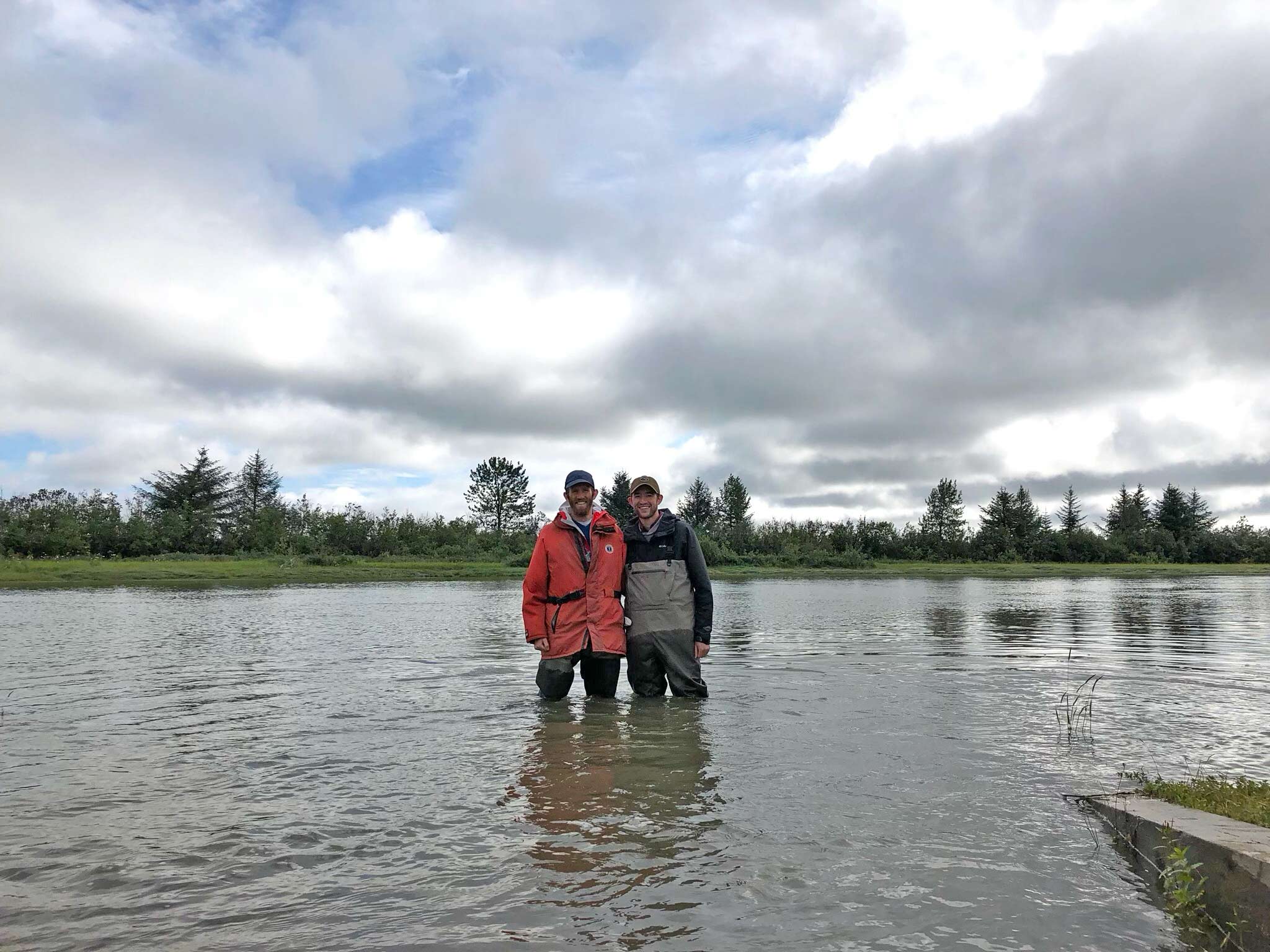
Article Summary: Alaska Landmarks
Alaska Landmarks. More Than Just Parks has 15 incredible must-see sites for you to visit.
There’s so much more to this exciting place than the ice. In this article, we’ll familiarize you with the incredible landmarks located in the Last Frontier.
We’ve got incredible places, iconic memorials, fascinating museums, epic monuments and so much more.
We’re going to give you our list of the Top 15 Landmarks In Alaska.
So, What Is A Landmark?
Well, it’s a place of “a special character or special historical or aesthetic interest or value as part of the development, heritage, or cultural characteristics of a city, state, or nation.”
Why visit these places? Because landmarks connect us to the past. Through visiting these wonderful places where history occurred we find our roots. It allows us to feel like we are a part of something much bigger than ourselves.
And, speaking of history, did I mention that I taught the subject? I spent a lifetime teaching about the history behind many of these amazing sites. Then I got to see them firsthand. And now I’m sharing the fascinating stories of these places with you. It doesn’t get any better than that!
So, without further ado, let’s dive in.
Table of Contents: Alaska Landmarks
Alaska Landmarks
Some Fascinating Facts About Alaska
Here’s some fascinating facts about Alaska:
- Size and Geography: Alaska is the largest state in the United States by land area, spanning over 663,000 square miles (1.7 million square kilometers). It is so vast that it is larger than the next three largest states combined (Texas, California, and Montana). The state’s diverse geography includes vast glaciers, towering mountains, dense forests, pristine lakes, and a rugged coastline.
- Midnight Sun and Polar Night: Due to its high latitude, parts of Alaska experience unique natural phenomena. During the summer solstice in June, areas north of the Arctic Circle experience the “midnight sun” where the sun remains visible for 24 hours a day. Conversely, during the winter solstice in December, these same areas experience the “polar night” where the sun does not rise above the horizon for a period of time.
- Glaciers and Icefields: Alaska is home to more than 100,000 glaciers, including the famous Hubbard Glacier and Mendenhall Glacier. The state boasts the largest concentration of glaciers in North America, covering around 29,000 square miles (75,000 square kilometers) in total. Glacier Bay National Park and Preserve in southeastern Alaska is a popular destination to witness the stunning beauty of glaciers.
- Wildlife Diversity: Alaska is renowned for its rich biodiversity and abundant wildlife. The state is home to iconic animals such as grizzly bears, black bears, moose, caribou, wolves, Dall sheep, and bald eagles. Coastal areas are frequented by marine mammals like humpback whales, orcas, sea otters, and harbor seals. Alaska also hosts the world’s largest population of wild salmon, supporting an intricate ecosystem.
- Denali: Mount McKinley, also known as Denali, is the highest peak in North America, towering at 20,310 feet (6,190 meters). Situated in Denali National Park and Preserve, this majestic mountain attracts climbers and outdoor enthusiasts from around the world. The park itself spans over 6 million acres (2.4 million hectares) and offers unparalleled wilderness and wildlife viewing opportunities.
- Indigenous Culture: Alaska has a rich and diverse indigenous heritage. There are over 200 distinct Native tribes in the state, each with its unique traditions, languages, and art forms. Native Alaskans have inhabited the region for thousands of years and have maintained their cultural practices, which are often celebrated during events like the Alaska Native Heritage Month in November.
- Gold Rush History: Alaska was at the center of the Klondike Gold Rush in the late 19th century. The discovery of gold in the Klondike region of Yukon, Canada, attracted thousands of prospectors who traveled through Alaska. The city of Nome, located on the Seward Peninsula, also experienced a significant gold rush. The remnants of this historic era can still be seen in various towns and museums across the state.
- Volcanoes: Alaska is home to more than 130 active volcanoes, which accounts for approximately 75% of all active volcanoes in the United States. The most active volcano in the state is Mount Pavlof, which has erupted more than 40 times since its first recorded eruption in 1762. Volcanoes such as Mount Redoubt and Mount Spurr have had recent eruptions, impacting the surrounding landscapes.
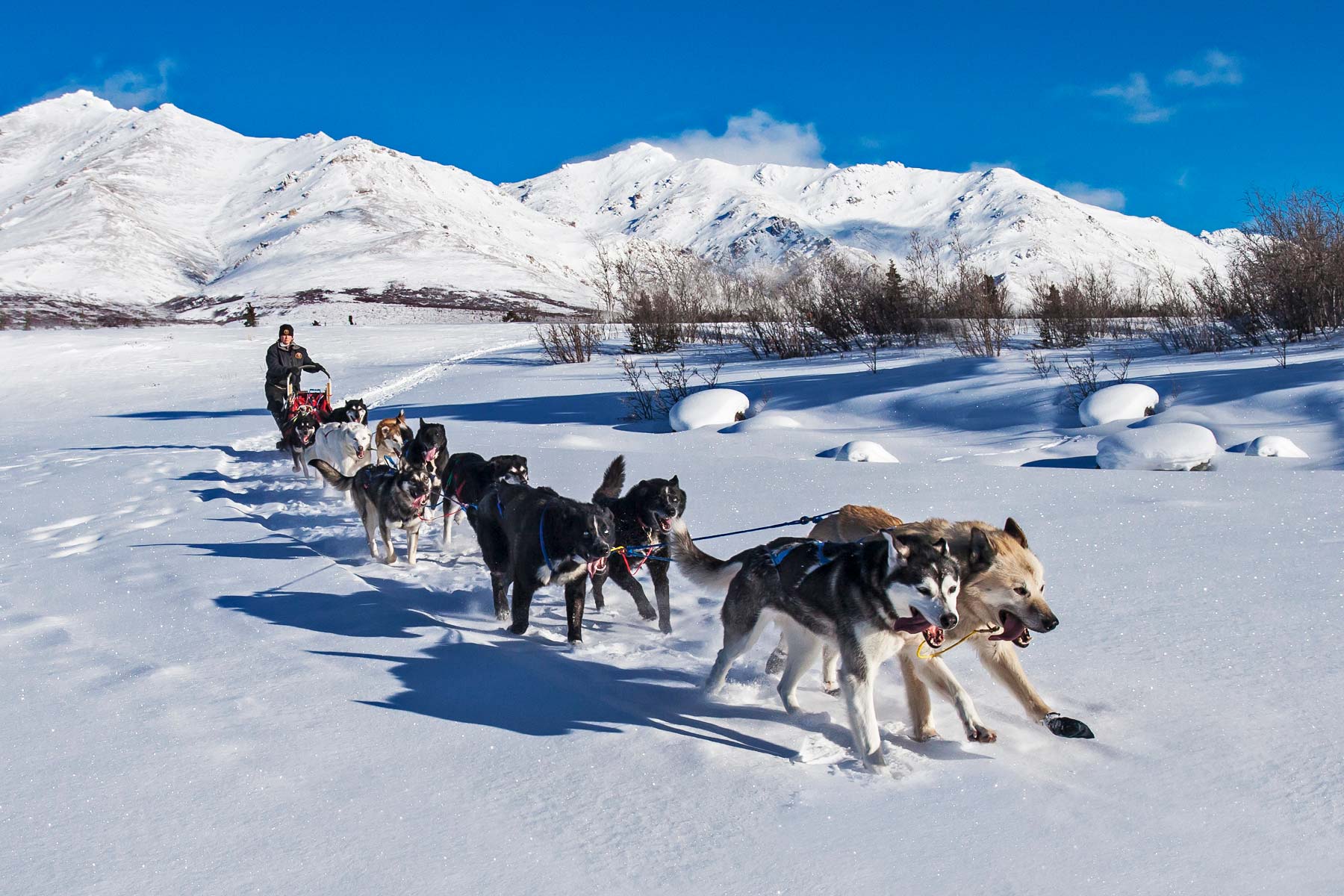
Dog sledding in Denali National Park | Alaska Landmarks
Top 15 Alaska Landmarks
15. Crow Creek Mine
Alaska is famous for the Iditarod, gold mining, sourdough, the Alaska Railroad, aviation, Alaska Native heritage, homesteading, world-class fishing and seafood, outdoor adventures, fresh air, and a slower, more self-sufficient way of life.
The state also features some amazing historic sites. More Than Just Parks is excited to share our list of the Top 15 Alaska Ladnmarks with you. And we’re kicking off our list at #15 with the Crow Creek Mine.
The Crow Creek Mine is a historic gold mine located in the Chugach Mountains near Girdwood, Alaska. The mine was originally discovered in 1896 during the Klondike Gold Rush, which brought thousands of prospectors to the region in search of gold.
The mine was initially operated by a group of prospectors who formed the Crow Creek Mining Company. The company quickly realized that the gold deposits at the mine were extensive and began large-scale operations.
By the early 20th century, the mine had become one of the most productive in the region, producing over 700,000 ounces of gold during its lifetime.
The miners who worked at the Crow Creek Mine faced many challenges, including harsh weather conditions, dangerous working conditions, and difficult terrain. Despite these challenges, the mine continued to operate until the mid-20th century when it was eventually abandoned.
In the 1960s, a group of local residents formed the Crow Creek Mine Historical Society with the goal of preserving the mine as a historic site. The society acquired the property and began restoring the mine’s buildings and equipment.

14. Oscar Anderson House Museum
At #14 on our list of the Best Alaska Landmarks is a house which has quite a story to tell. It’s the Oscar Anderson House Museum.
The Oscar Anderson House Museum is a historic house located in downtown Anchorage, Alaska. It was built in 1915 by Oscar Anderson, a Swedish immigrant who was one of the first permanent residents of Anchorage.
Anderson built the house after he purchased a large parcel of land in what was then a small frontier town. He worked as a carpenter and contractor, helping to build many of the early structures in Anchorage. The house was one of the first wooden structures to be built in the town, and it quickly became a landmark in the area.
Over the years, the Anderson house served many purposes. It was used as a boarding house, a schoolhouse, and even a hospital during the 1918 influenza epidemic. Anderson continued to live in the house until his death in 1974, after which it was sold to the city of Anchorage.
In 1978, the house was restored and opened as a museum, showcasing the life and times of early Anchorage. The museum features many of the original furnishings and artifacts used by the Anderson family, including photographs, clothing, and household items.
Visitors can also learn about the history of the town and the challenges faced by its early settlers.

13. Fort Abercrombie State Historical Park
If you love military history then you’ll enjoy our next historic site. At #13 on our list of the Best Alaska Landmarks is Fort Abercrombie.
Fort Abercrombie is a historic military installation located on Kodiak Island, Alaska. It was originally built in 1941 by the United States Army as a defensive measure during World War II.
The fort was named after Union Army General John Abercrombie and was strategically located on the northern tip of Kodiak Island, overlooking the entrance to Kodiak Harbor. The fort consisted of a series of gun emplacements, barracks, and support buildings, and it was manned by a detachment of soldiers who were responsible for defending the area against possible attacks by the Japanese.
During World War II, the fort played an important role in the defense of Alaska. It was one of several forts and installations that were built along the coast to protect the territory from invasion. Although the fort never saw any major action, it played a critical role in the overall defense of the region and helped to ensure that Alaska remained free from enemy occupation during the war.
After the war, the fort was decommissioned and turned over to the state of Alaska. It was subsequently designated as a state park and was opened to the public as a historic site.
Today, visitors can tour the fort and explore its many buildings and artifacts, including a number of guns and other military equipment that were used during the war.

12. George C. Thompson Historic Library
As someone who loves to read, this next Alaska Historic Site is a favorite of mine. The George C. Thompson Historic Library located in Anchorage, Alaska, is known for its unique architecture and rich history.
It serves as a hub of cultural and intellectual activity in the community. And it’s #12 on our list of the Best Alaska Landmarks.
The library was built in the early 20th century and is designed in the Beaux Arts style, with ornate details and elegant finishes. It houses a diverse collection of books, manuscripts, and other materials that are relevant to the history and culture of Anchorage and Alaska.
The library offers a range of programs and events, including lectures, exhibits, and workshops, as well as opportunities for research and study.
It is a popular destination for history and cultural enthusiasts, as well as students, researchers, and lifelong learners.

11. Sitka Spruce Park
At #11 on our list of the Best Alaska Landmarks is a place which celebrates the magnificent Sitka Spruce trees.
Sitka Spruce Park is a public park located in Sitka, Alaska, and it is named after the Sitka Spruce trees that are prevalent in the area. The park is a popular tourist attraction and is known for its scenic beauty and recreational opportunities.
Here’s a brief overview of the history of Sitka Spruce Park:
In 1890, the park was established as a part of the Sitka National Forest Reserve. At that time, it was known as the “Sitka National Forest Park” and was primarily used for scientific research and educational purposes.
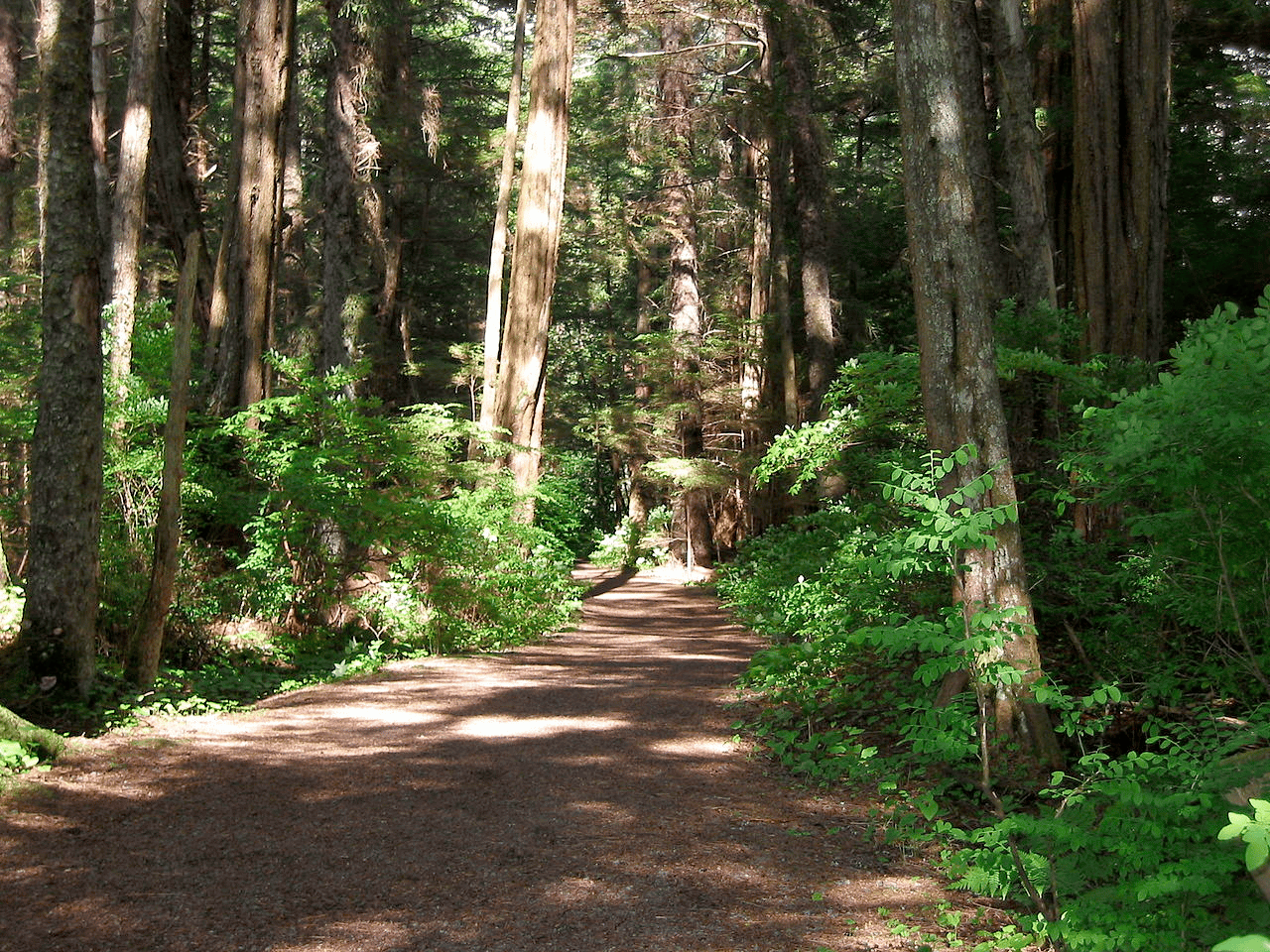
The Park Underwent Significant Changes
In the early 1900s, the park underwent some significant changes. The Sitka Spruce was becoming increasingly popular as a timber source, and logging operations began in the surrounding areas. To protect the remaining Sitka Spruce trees, the park was expanded and given its current name, “Sitka Spruce Park.”
During World War II, the park played a significant role in the war effort. Sitka Spruce trees were used to build military aircraft, and the park was one of the primary sources of Sitka Spruce lumber. Today, a monument in the park commemorates the role that Sitka Spruce played in the war.
In the years following the war, the park continued to be used for scientific research and educational purposes. In 1967, the park was designated a National Historic Landmark in recognition of its important role in the history of the Sitka Spruce.
Today, Sitka Spruce Park remains an important part of Sitka’s cultural and natural heritage. The park offers visitors a chance to explore the natural beauty of the area and learn about the history of the Sitka Spruce. It is a popular destination for hikers, birdwatchers, and anyone who appreciates the beauty of the great outdoors.
Top 10 Alaska Landmarks
10. SS Nenena
We’re on to our Top 10 Alaska Landmarks. At #10 is a historic steamship that operated on the Yukon River and its tributaries in Alaska. It’s the SS Nenana.
Here’s a brief overview of its history:
The SS Nenana was built in 1933 in Whitehorse, Yukon Territory, Canada, by the British Yukon Navigation Company. It was commissioned by the Alaska Railroad to provide transportation and freight services on the Yukon River and its tributaries.
The ship was 237 feet long and had a capacity of 300 passengers and 300 tons of cargo. It was powered by two steam engines and could reach speeds of up to 14 miles per hour.

The SS Nenana Was An Essential Part Of The Transportation Infrastructure
For over 20 years, the SS Nenana operated as an essential part of the transportation infrastructure in Alaska. It provided a vital link between remote communities along the Yukon River and the rest of the world, carrying everything from mail and supplies to passengers and livestock.
In the 1950s, with the construction of new roads and the increasing use of airplanes for transportation, the SS Nenana’s importance declined. It was decommissioned in 1954 and eventually sold to a private owner.
In 1963, the SS Nenana was donated to the City of Fairbanks and moved to Pioneer Park, where it became a popular tourist attraction. The ship was restored and opened to the public as a museum, showcasing the history of transportation and commerce in Alaska.
Today, the SS Nenana is listed on the National Register of Historic Places and remains an important part of Alaska’s cultural heritage. It serves as a reminder of the crucial role that transportation played in the development of the state and the resilience of the people who lived and worked along the Yukon River.
9. Kennicott Mine & Ghost Town
We’re on to #9! It’s a combination mine and ghost town. Welcome to Kennicott Mine & Ghost Town.
The Kennicott Mine and Ghost Town are located in Wrangell-St. Elias National Park in Alaska.
Here is a brief history of the site:
In 1900, a prospector named Jack Smith discovered a rich vein of copper ore near Kennicott Glacier in what is now Wrangell-St. Elias National Park. The discovery led to the founding of the Kennecott Mining Company, which began operations in 1903.
The mine quickly became one of the world’s largest producers of copper, producing over $200 million worth of ore over its lifetime. The company built a large complex of buildings and infrastructure to support the mining operations, including a hospital, school, post office, and several homes.

The Mine Employed Over 300 People
At its peak, the mine employed over 300 people, many of whom lived in the nearby town of McCarthy. The town had a population of around 1,000 people and was connected to the outside world by a 196-mile railroad that ran from Cordova to Kennicott.
The Kennicott Mine operated until 1938 when falling copper prices and the depletion of ore reserves led to its closure. The town of McCarthy also declined, and by the 1950s, most of its residents had left.
In the 1970s, the National Park Service acquired the Kennicott Mine and Ghost Town, recognizing its historical significance and unique architecture. Today, the site is a popular tourist destination and is listed on the National Register of Historic Places.
Visitors can explore the remaining buildings and learn about the history of the mine and the people who worked and lived there.
8. Russian Orthodox Church
Our next historic site played a significant role in the colonization of Alaska by the Russian Empire in the 18th and 19th centuries. At #38 on our list of the Best Alaska Landmarks is the Russian Orthodox Church.
In 1794, the first Russian Orthodox mission was established on Kodiak Island by St. Herman, who is now considered the patron saint of Alaska. Over time, the church expanded its presence throughout Alaska, establishing missions in places like Sitka, Unalaska, and the Yukon River.
The Russian Orthodox Church in Alaska played an important role in the lives of Alaska Natives, who were often converted to Christianity by Russian missionaries.
The Holy Assumption Orthodox Church is a 19th-century wooden church located in Kenai and south-central Alaska.
It is a representation of the Russian culture in the area and still holds religious services. The church features a two-story bell tower and a crown-shaped cupola.
Visitors can tour the inside of the church to see icons, religious artifacts and historic objects that hold significance to the local community and the Russian Orthodox faith.

CHECK OUT: 25 Bucket List Famous Landmarks In America (MUST-SEE)
7. Skagway Historic District
Our next Alaska landmark is situated on a prime route to gold-bearing regions and was especially important during the gold rush era. At #7 on our list is Skagway Historic District.
In 1896, gold was discovered in the Klondike region of the Yukon Territory in Canada, and Skagway quickly became a major transportation hub for miners and prospectors traveling to the gold fields.
The Skagway Historic District includes many buildings and structures that were built during this period, including hotels, saloons, and stores that catered to the needs of the gold rush population. One of the most famous buildings in the district is the Arctic Brotherhood Hall, a fraternal organization building that was built in 1899 and is now a National Historic Landmark.
The Skagway Historic District also includes the White Pass and Yukon Route Railroad, which was built in 1898 to transport goods and people to the gold fields. The railroad played a critical role in the success of the gold rush, as it allowed miners to transport large quantities of supplies to the remote region.
During the gold rush, Skagway was a wild and lawless place, with a reputation for violence and corruption. Many of the buildings in the Skagway Historic District have colorful histories that reflect this era, including the Red Onion Saloon, which was a popular spot for prostitutes and miners.
Today, the Skagway Historic District is a popular tourist destination, with many of the historic buildings restored and preserved. Visitors can take tours of the district, visit museums and exhibits, and learn about the fascinating history of the Klondike Gold Rush and the role that Skagway played in this period of American history.

6. Klondike Gold Rush National Historical Park
We continue with our gold theme as we move on to our next landmark. It’s the Klondike Gold Rush National Historical Park.
The Klondike Gold Rush National Historical Park is located in Skagway, Alaska, and was established in 1976 to preserve the history of the Klondike Gold Rush of the late 19th century.
The park encompasses several historic buildings and structures in Skagway, as well as parts of the Chilkoot Trail, which was a major route used by gold seekers traveling to the Yukon Territory in Canada.
The Klondike Gold Rush began in 1896 when gold was discovered in the Klondike region of the Yukon Territory. News of the discovery quickly spread, and thousands of people from around the world flocked to the area in search of their fortunes.
Many of these prospectors traveled through Skagway, which became a major transportation hub for those heading to the gold fields.

Klondike Gold Rush National Historical Park Today
The Klondike Gold Rush National Historical Park includes several buildings in Skagway that date back to this period, including the Jeff Smiths Parlor Museum, which was once a saloon and gambling hall, and the White Pass and Yukon Route Railroad Depot, which served as the transportation hub for those heading to the gold fields.
The park also includes parts of the Chilkoot Trail, which was a treacherous route that prospectors had to travel to reach the gold fields. The trail was known for its steep inclines, dangerous weather conditions, and the risk of avalanches, and many prospectors perished while attempting to traverse it.
Today, visitors to the Klondike Gold Rush National Historical Park can take guided tours of the historic buildings in Skagway, hike parts of the Chilkoot Trail, and learn about the history of the Klondike Gold Rush through exhibits and interpretive programs.

Things To See & Do At Klondike Gold Rush National Historical Park
Klondike Gold Rush National Historical Park is a park located in Seattle, Washington, and in Skagway, Alaska, which preserves and interprets the history of the Klondike Gold Rush of 1896-1899.
The park includes several historic sites that tell the story of the gold rush, including the Pioneer Square Historic District in Seattle and the White Pass & Yukon Route Railroad in Skagway.
Visitors can learn about the experiences of those who took part in the rush, including the challenges they faced as they traveled to the Klondike, the communities that formed in the region, and the lasting impact the rush had on the area and its people.
The park offers a variety of educational programs, ranger-led tours, and exhibits to help visitors understand this important chapter in American history.

While You’re There, Be Sure To Check Out The Chilkoot Trail
The Chilkoot Trail was a historically significant trade route used by the Tlingit people before the arrival of Euroamericans in the 1880s.
It was one of the three year-round passes in southeast Alaska and became the most popular trail for miners and prospectors. Despite facing pressure to allow foreigners to use the trail, the Tlingits were able to maintain their control over the trail until the 1880s.
Today, the Chilkoot Trail is a popular recreational hiking trail and is part of the Klondike Gold Rush International Historical Park.
Hikers can still use the trail today, but it requires a permit and the trail is only open for hiking from late May to late September.

Top 5 Alaska Landmarks
5. Katmai National Park
Just because we’re More Than Just Parks doesn’t mean that we’ve forgotten about them. Our final 5 Alaska landmarks are national parks. And they’re some of the most magnificent national parks that you’ll ever see.
We begin our countdown of the Top 5 Alaska Landmarks at #5 with Katmai National Park.
Katmai is one of the most famous Alaska national parks given the amount of social media traffic it gets each summer and fall.
We’ve all seen the famous bearcam of the grizzlies savagely hunting salmon at Brooks Falls, and we all want to see that in person (safely behind the plexiglass viewing area) along with the countless other hard-to-fathom landscapes that exist within this amazing park.
The fact of the matter is that it just ain’t easy (or cheap) to do so. Getting to Katmai typically requires multiple flights and thousands of dollars which puts it squarely out of reach for most Americans.
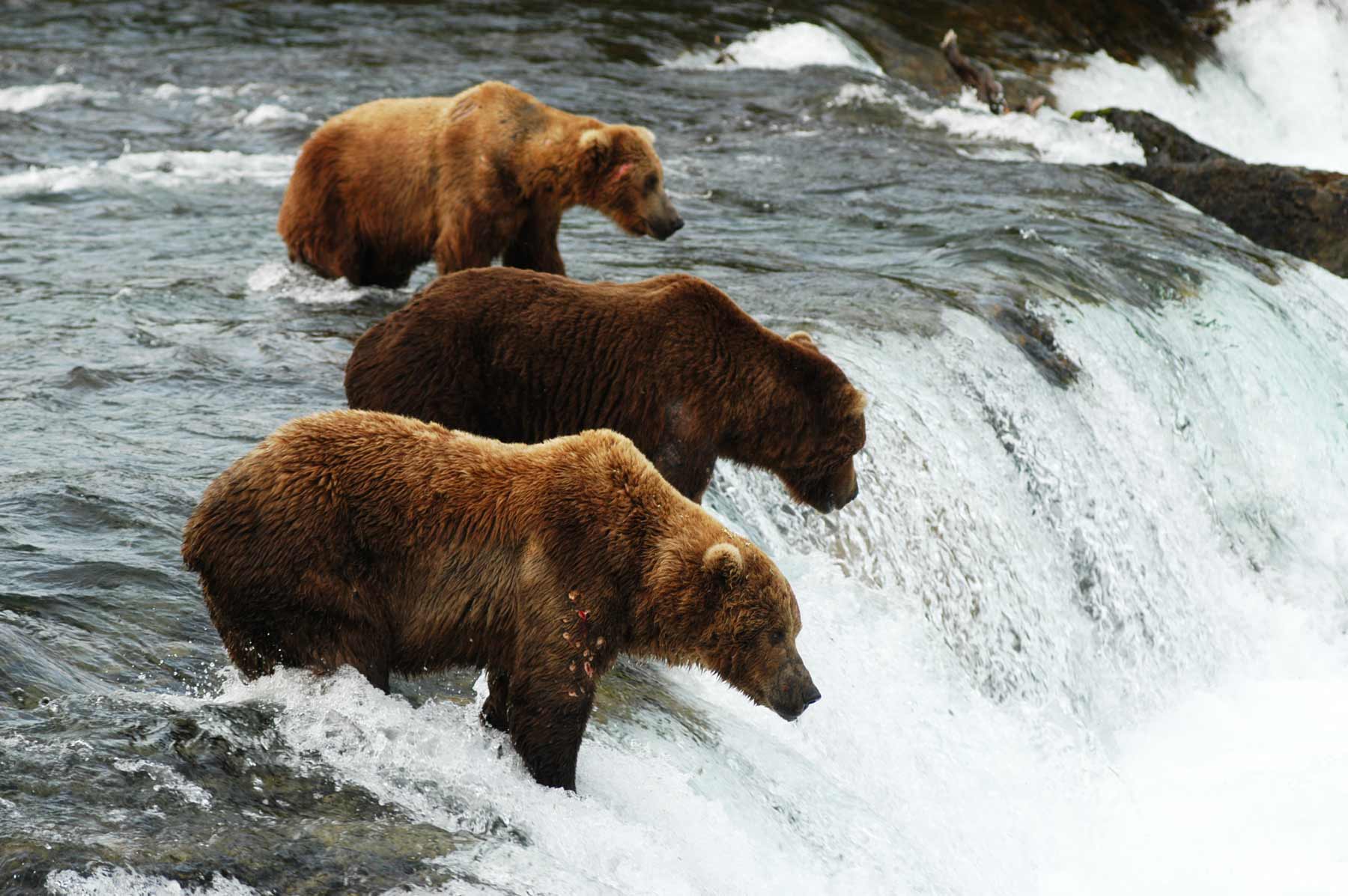
CHECK OUT: 11 FASCINATING Facts About Katmai National Park
Highlights – Best Things to Do Katmai National Park
- Brooks Falls Bear Watching – The world famous Katmai National Park bear camera resides at Brooks Falls. Getting to Brooks Falls is not cheap requiring yet another non-commercial flight. From King Salmon it the cost to Brooks Falls is around $300. Once here, behold the best bear viewing on the planet via a safe viewing platform.
- Fishing – There is a reason the bears congregate in such numbers at Brooks Falls – world class salmon runs down the Brooks River. This makes for world class fishing opportunities.
- See the Valley of 10,000 Smokes – Katmai National Park is home to some epic volcanic landscapes, perhaps none as famous or breathtaking as the Valley of 10,000 Smokes. From Brooks Camp, bus tours are available to this spectacular valley. The tour costs about $100 round trip with lunch included.
- Flight-Seeing Katmai National Park – The best way to get a grasp of the scale and scope of Katmai National Park’s epic volcanic landscape is via the air. Flight-seeing tours from Brooks run just over $200 per person for an hour of flight time.
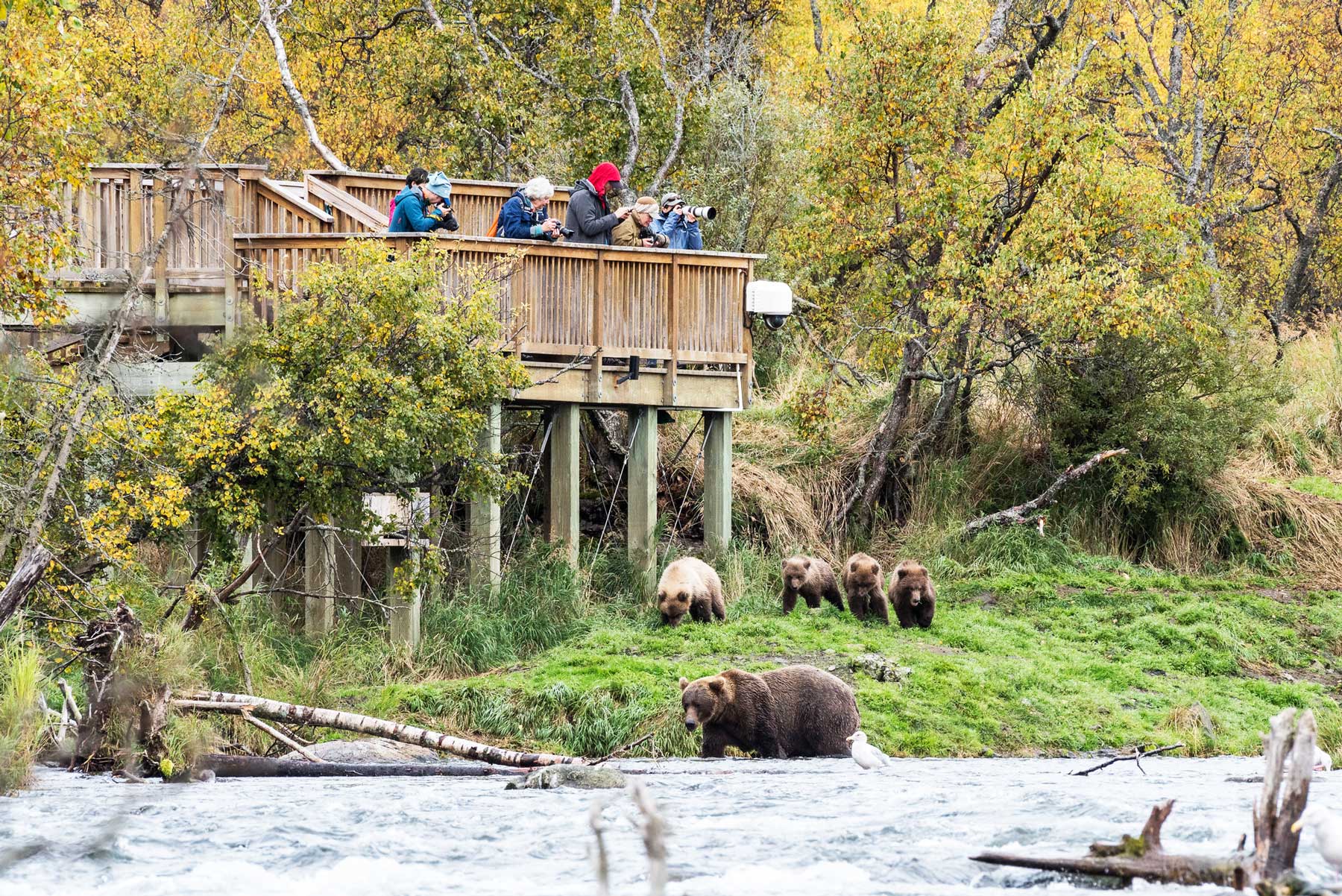
CHECK OUT: Visiting 8 EPIC Alaska National Parks (How To Get There)
4. Glacier Bay National Park
Next up as we continue our Top 5 Countdown is another amazing Alaska National Park. At #4 on our list of the Best Alaska Landmarks is Glacier Bay National Park.
Glacier Bay is a wonderful “cruising park” with spectacular views from the water including orcas, whales, massive glaciers, and so much more.
It’s hard to ask for more breathtaking scenery than what you can find in this Alaska national park. Believe it or not, Glacier Bay is actually Alaska’s most visited national park! So what’s the catch?
Getting to the park is exceedingly difficult unless you’re seeing the park via cruise ship like the vast majority of park visitors. Accessing the park (not via cruise) requires a flight followed by either another flight or ferry.
It also comes with quite a hefty price tag and for that reason it ranks lower on our list despite the incredible sites.
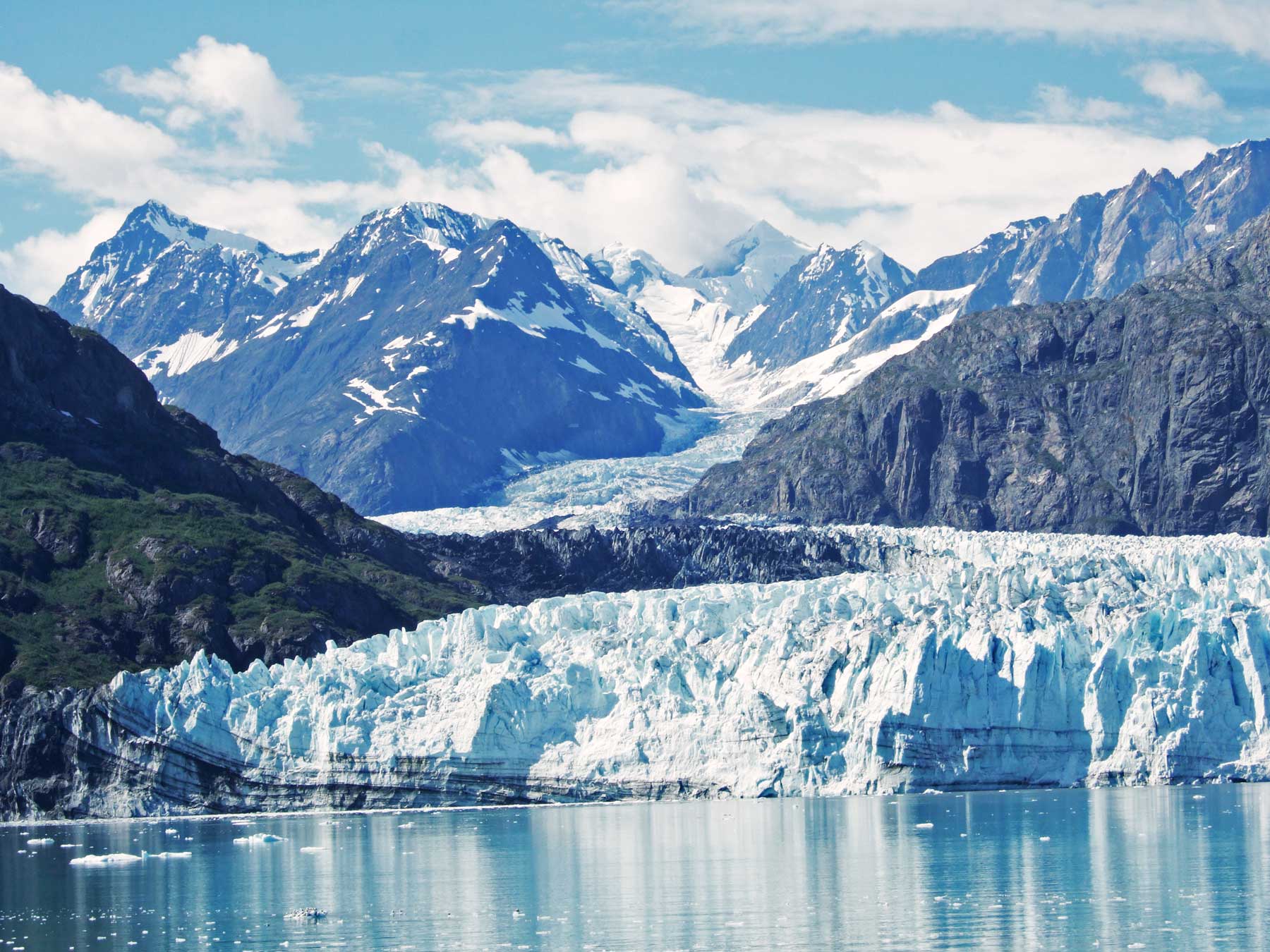
CHECK OUT: 11 AMAZING Facts About Glacier Bay National Park
Highlights – Best Things to Do Glacier Bay National Park
- Kayaking – Glacier Bay is home to some world class kayaking near massive glaciers and breathtaking Alaska coastal scenery.
- Boat Tour – The best way to see Alaska’s Glacier Bay National Park is by boat. While the tour can be on the spendier side, if you’ve got the budget it’s definitely worth it!
- Wildlife Viewing – As one of the more remote Alaska national parks, Glacier Bay has splendid wildlife viewing opportunities. Bears, eagles, seals, moose, and whales are among the top highlights here.
- Hiking – Bartlett Cove is the most hiked area of Glacier Bay with several trails with boardwalks along the coast.
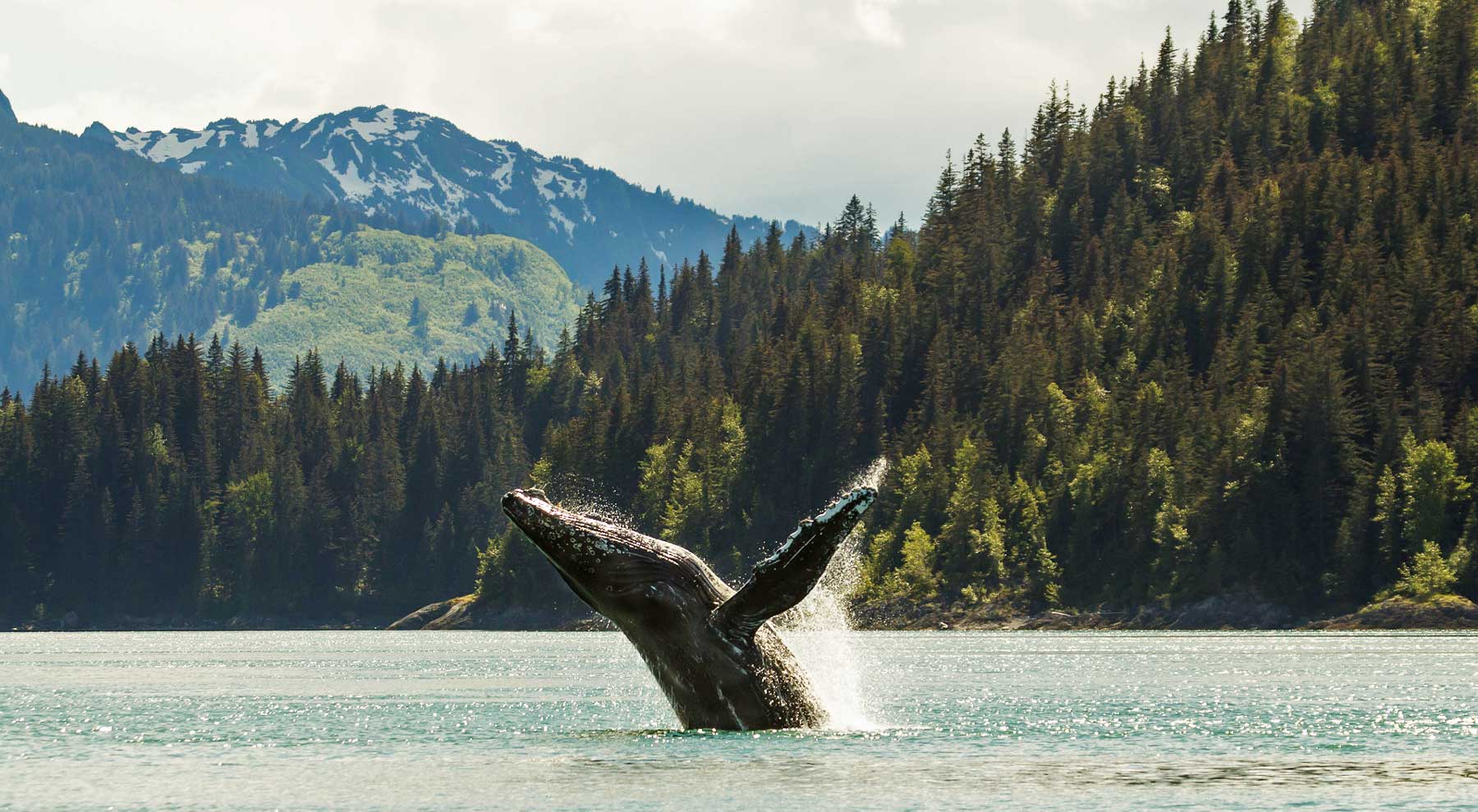
CHECK OUT: Visiting 8 EPIC Alaska National Parks (How To Get There)
3. Wrangell-St. Elias National Park
We’re on to our final three Alaska landmarks and we’re moving on to another amazing national park. At #3 on our list of the Best Alaska Landmarks is Wrangell-St. Elias National Park.
As one of the more accessible Alaska national parks, Wrangell makes it into our top 20 US national parks for that reason alone.
Wrangell is an Alaska national park full of superlatives and a world unto itself. It is a park of otherworldly and seemingly impossible landscapes.
The difference at Wrangell vs some of Alaska’s national parks is that you can take a car and drive to some of them.
Wrangell St. Elias National Park is the largest in the US at over 13 million acres. The park features 9 of the 16 tallest mountain peaks in the country.
If Wrangell were a state, it would be larger than Connecticut, Delaware, and Rhode Island. Now that’s large!
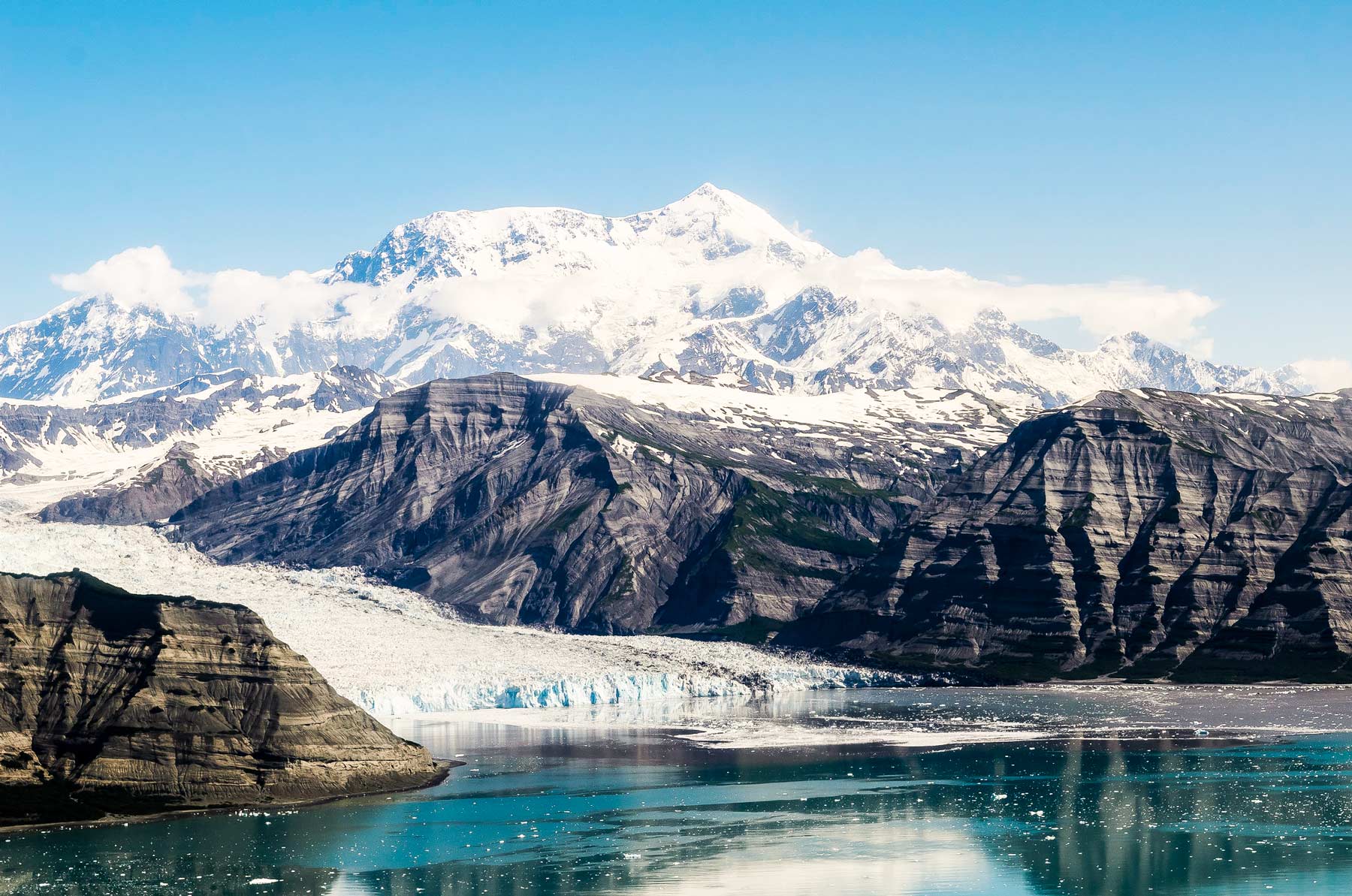
CHECK OUT: Visiting 8 EPIC Alaska National Parks (How To Get There)
Highlights | Best Things To Do in Wrangell St. Elias Park
- Explore the Historic Kennecot Mine – Many (if not most) of the photos you’ll see of Wrangell St. Elias National Park feature the beautiful and historic Kennecot Mine. Take the shuttle to the mine and soak it in!
- Hike the Root Glacier Trail – Just past the Kennecot Mine is the incredible (and massive) Root Glacier. The trail up to and out on the Glacier is incredibly scenic and not to be missed!
- Drive the McCarthy Road or Nabesna Road – If you’ve got the right (4WD) vehicle we highly recommend a drive down one or both of the park’s roads. Wildlife, camping, scenery, and hiking abound with few other folks.
- Take a Scenic Flight – The absolute best way to make the most of your time and see the park’s grandeur is by air. If you’ve got the budget, flight-seeing in Wrangell is nothing short of epic.
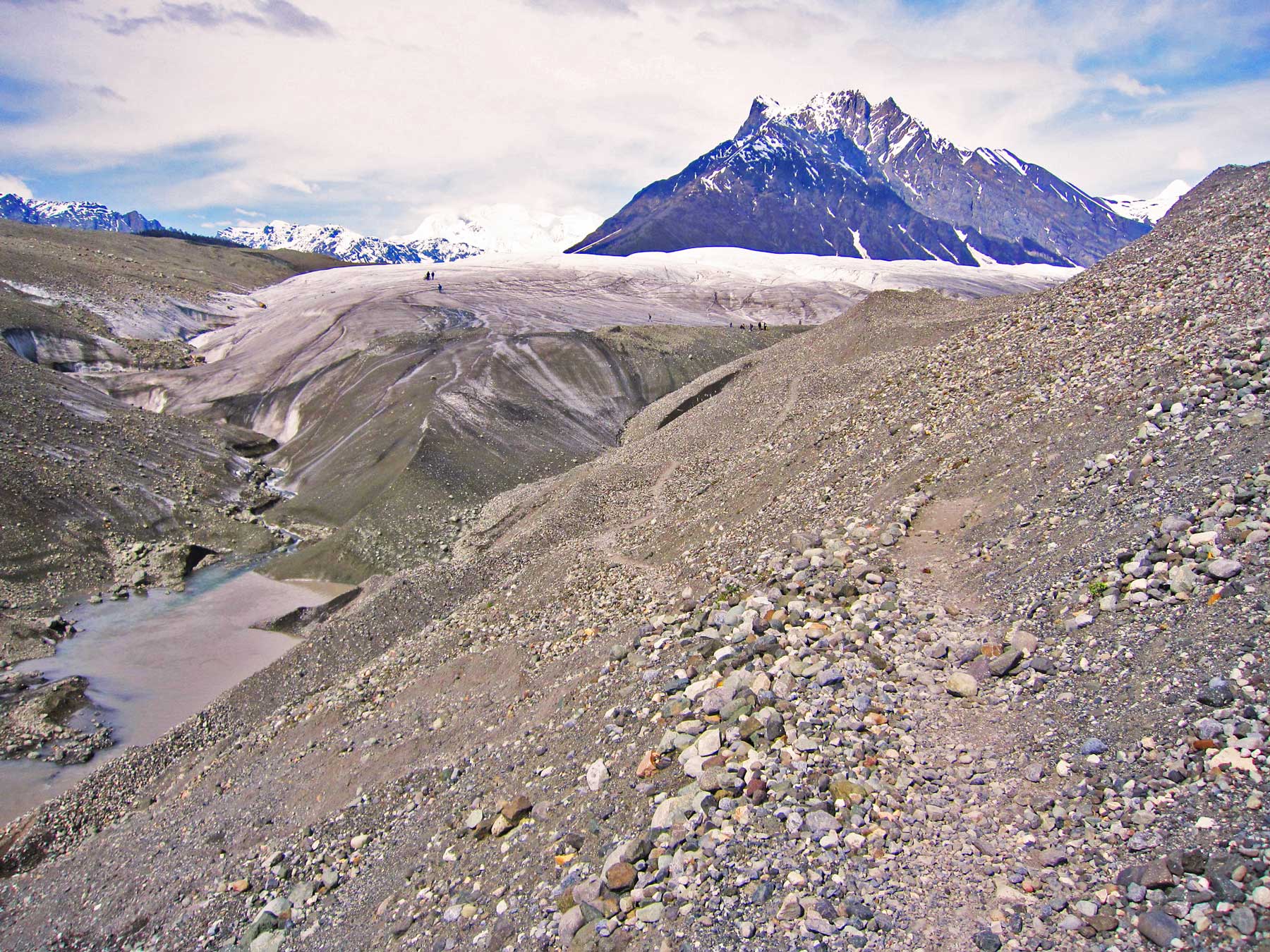
CHECK OUT: 10 SURPRISING Facts About Wrangell-St. Elias National Park
2. Denali National Park
We’re on to our final 2 Alaska landmarks. And, for that matter, our final 2 Alaska national parks. Coming in at #2 is Denali National Park.
Alaska’s flagship national park named for its tallest mountain which happens to be the highest peak in North America, Denali is on every park-goers bucket list. The breadth of this mountain is hard to appreciate and so is the size of the park itself at 6.1 million acres.
Denali also happens to be one of the most accessible Alaskan national parks with limited driving access, bus access that gets you further, visitor center, campgrounds, and the famous car lottery.
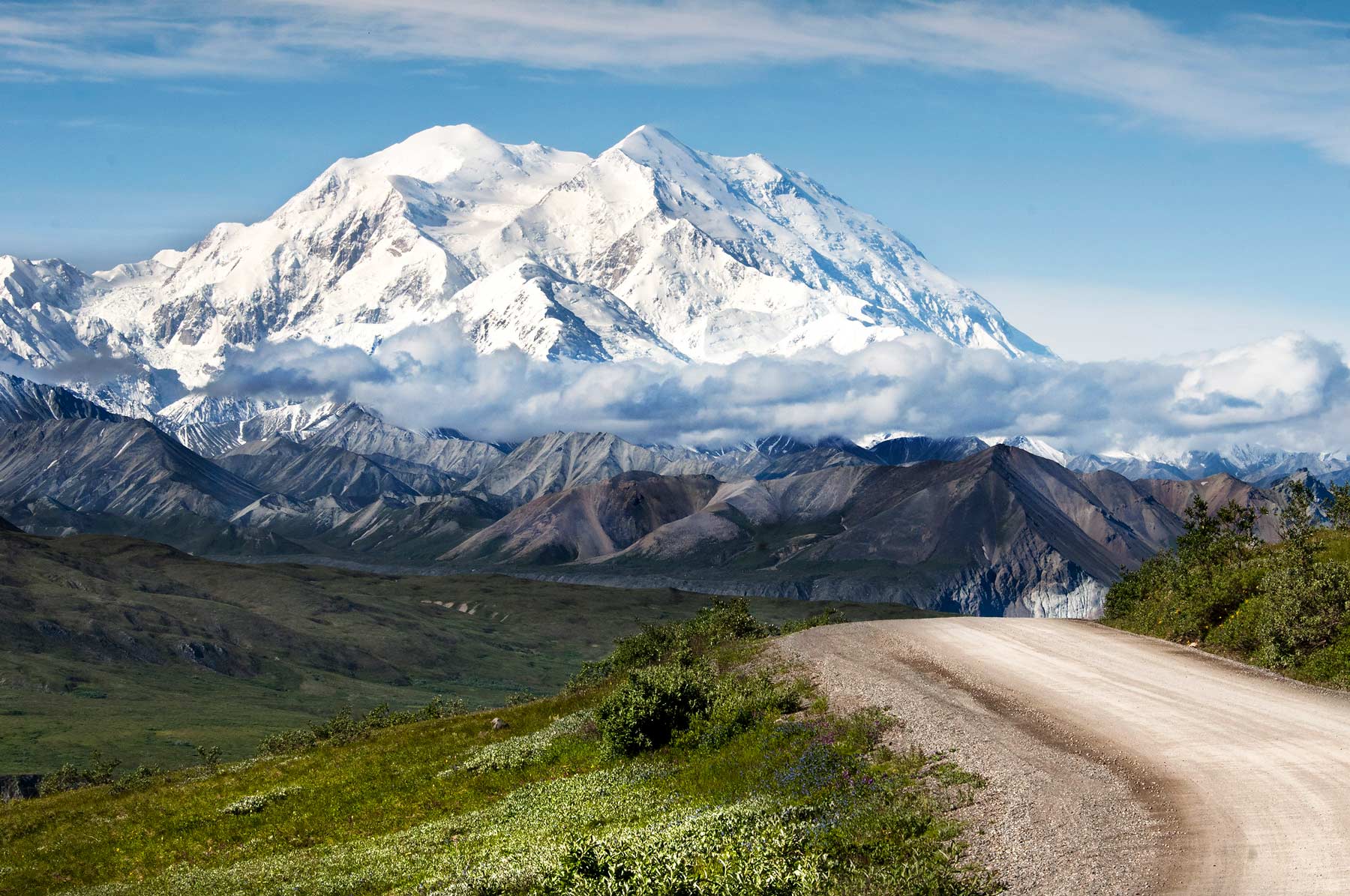
CHECK OUT: Visiting 8 EPIC Alaska National Parks (How To Get There)
Best Things to Do Denali National Park – Highlights
- Bus Tour – Take the bus deep into the park and experience America’s greatest frontier up close and personal.
- Bike Tour – Rent a bike and take it past where the private cars can go experiencing all of the park’s greatest wonders in the open air.
- Hike the Savage Alpine Trail – If you’re feeling adventurous then we highly recommend you hike the Savage Alpine Trail (8miles RT / 1500ft elevation gain). This hike is widely considered one of the best hikes in the park and is accessible via the Savage River area.
- Wildlife – Denali is home to a wide array of apex predators and unbelievable wildlife including grizzly bears, bald eagles, caribou, porcupines, and more.
- Camping – Take the bus to a campsite and spend the night in Alaska’s flagship national park on a bucket list experience.
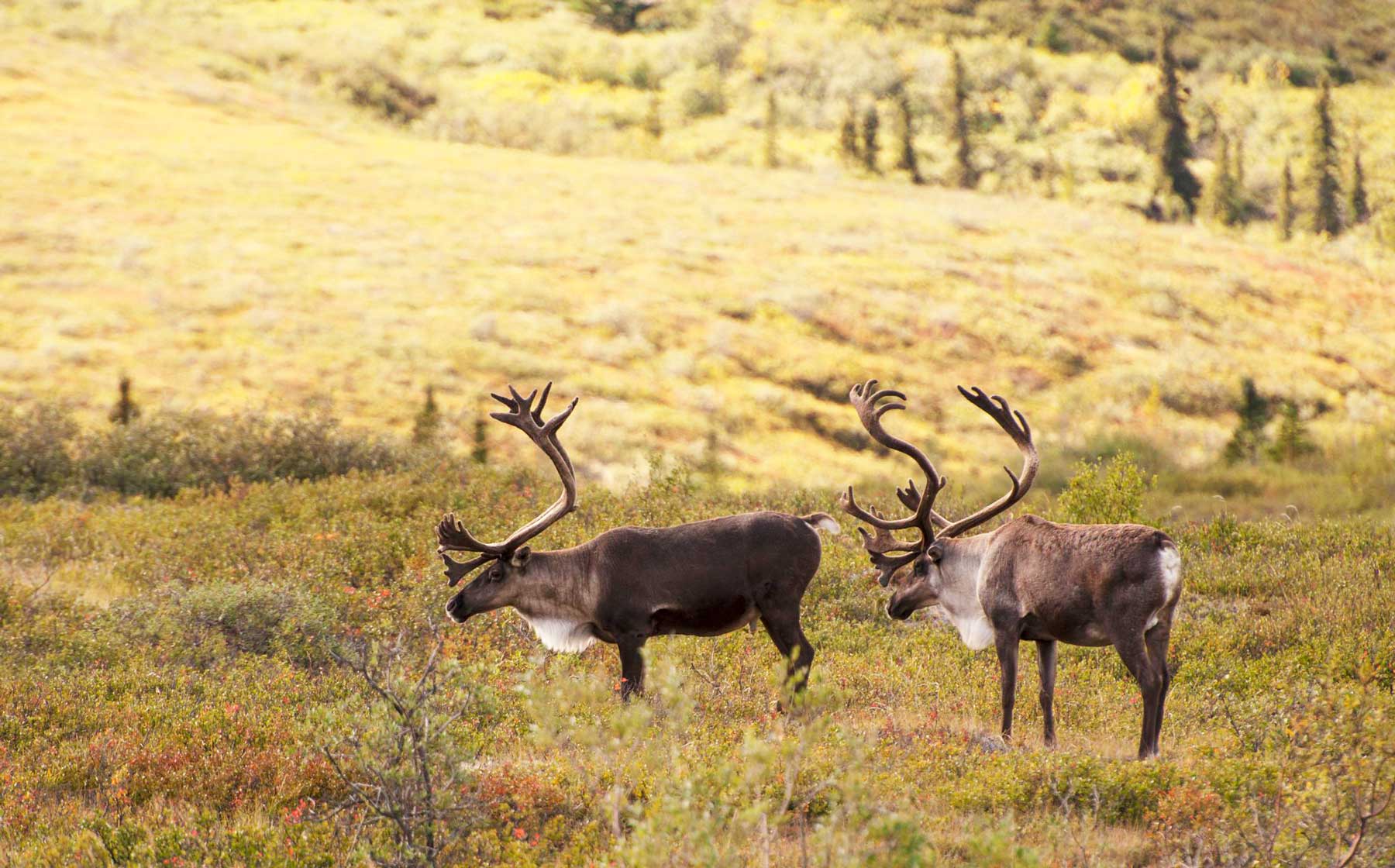
CHECK OUT: 10 FASCINATING Facts About Denali National Park
1. Kenai Fjords National Park
As the #1 Alaska landmark, More Than Just Parks has selected Kenai Fjords National Park.
Kenai Fjords is the most accessible of Alaska’s national parks. Unlike most other national parks in Alaska, there is actual driving in the park (however limited) that allows access to hiking trails.
At Kenai Fjords you go on epic hikes, take once in a lifetime boat tours, see massive glaciers, spot stunning wildlife, and more.
There’s also regular boat tours out of Seward that take visitors by many of the most breathtaking areas and sites.
Couple that with it’s close proximity to the major city of Anchorage with regular commercial flights and we’ve got ourselves a real winner.
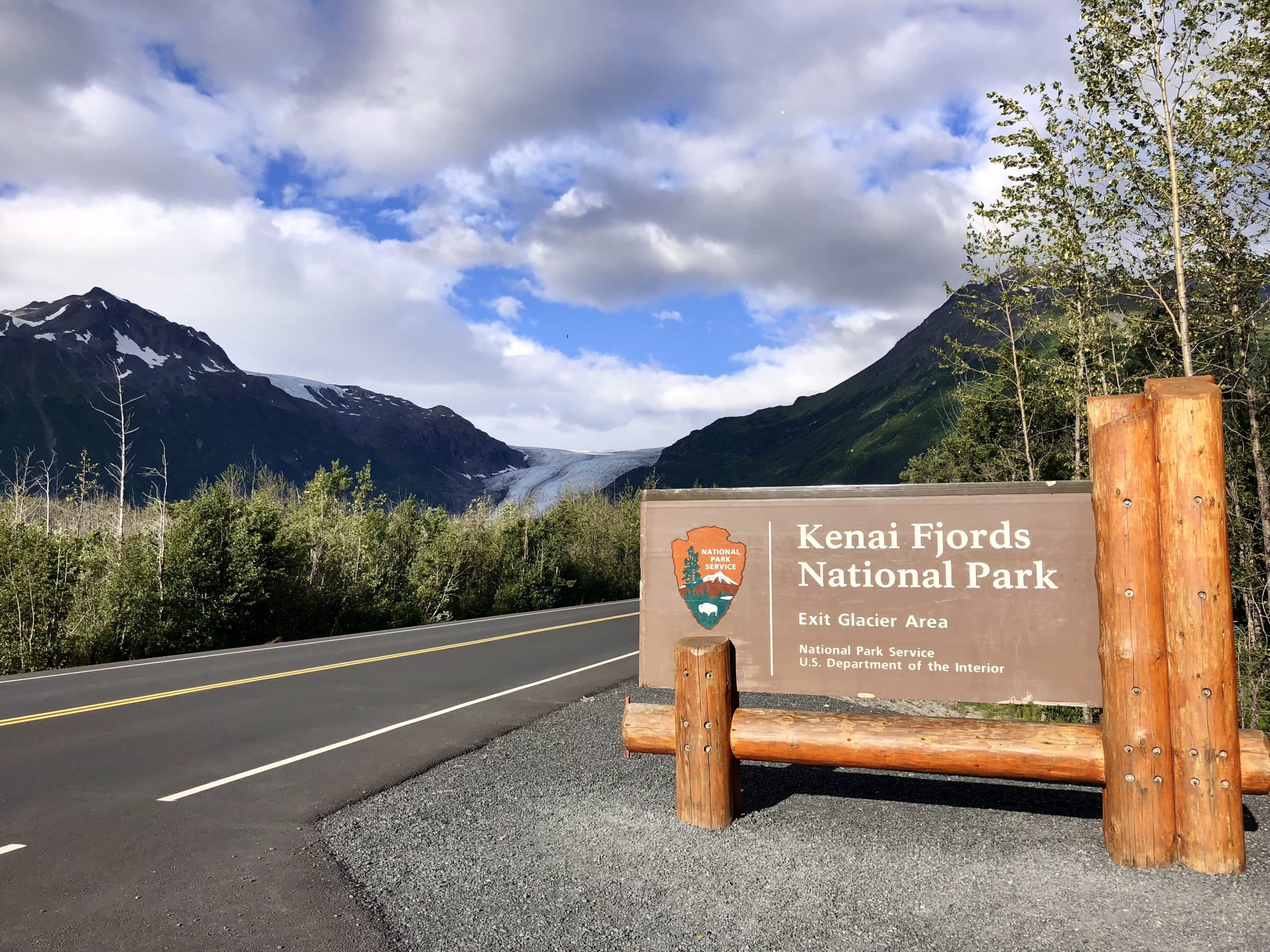
CHECK OUT: Visiting 8 EPIC Alaska National Parks (How To Get There)
Best Things to Do – Kenai Fjords National Park
- Fishing – Here’s a great guide on fishing in southeast Alaska.
- Hike The Harding Ice Field Trail – This is the most popular hike in Kenai Fjords National Park. The entire hike is 8 miles round trip and is considered strenuous as there is over 4000ft of elevation gain.
- See Exit Glacier – Alternatively you can do the shorter route up to exit glacier which is an easy hike that gives hikers great, up close views of a live glacier!
- Go on a scenic ferry tour – Take a day to tour the park the best way, via ferry! This is the best way to see the park as you cover a lot of ground and see some incredible wildlife and scenery up close.
- Go Kayaking – Kayaking is available in Resurrection Bay via water taxis (for a backcountry trip) or via a guided tour from Seward.
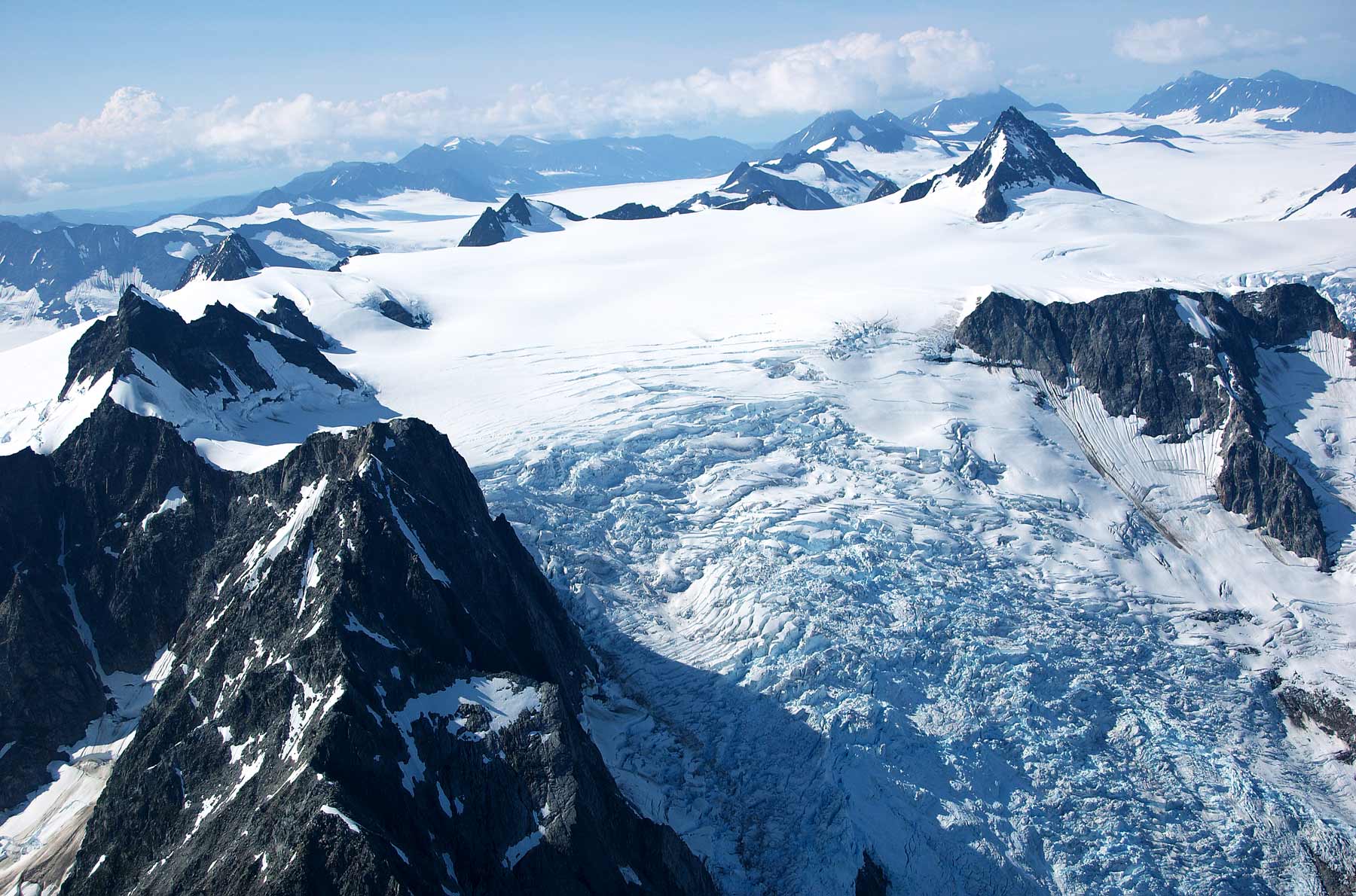
CHECK OUT: 10 SURPRISING Facts About Kenai Fjords National Park
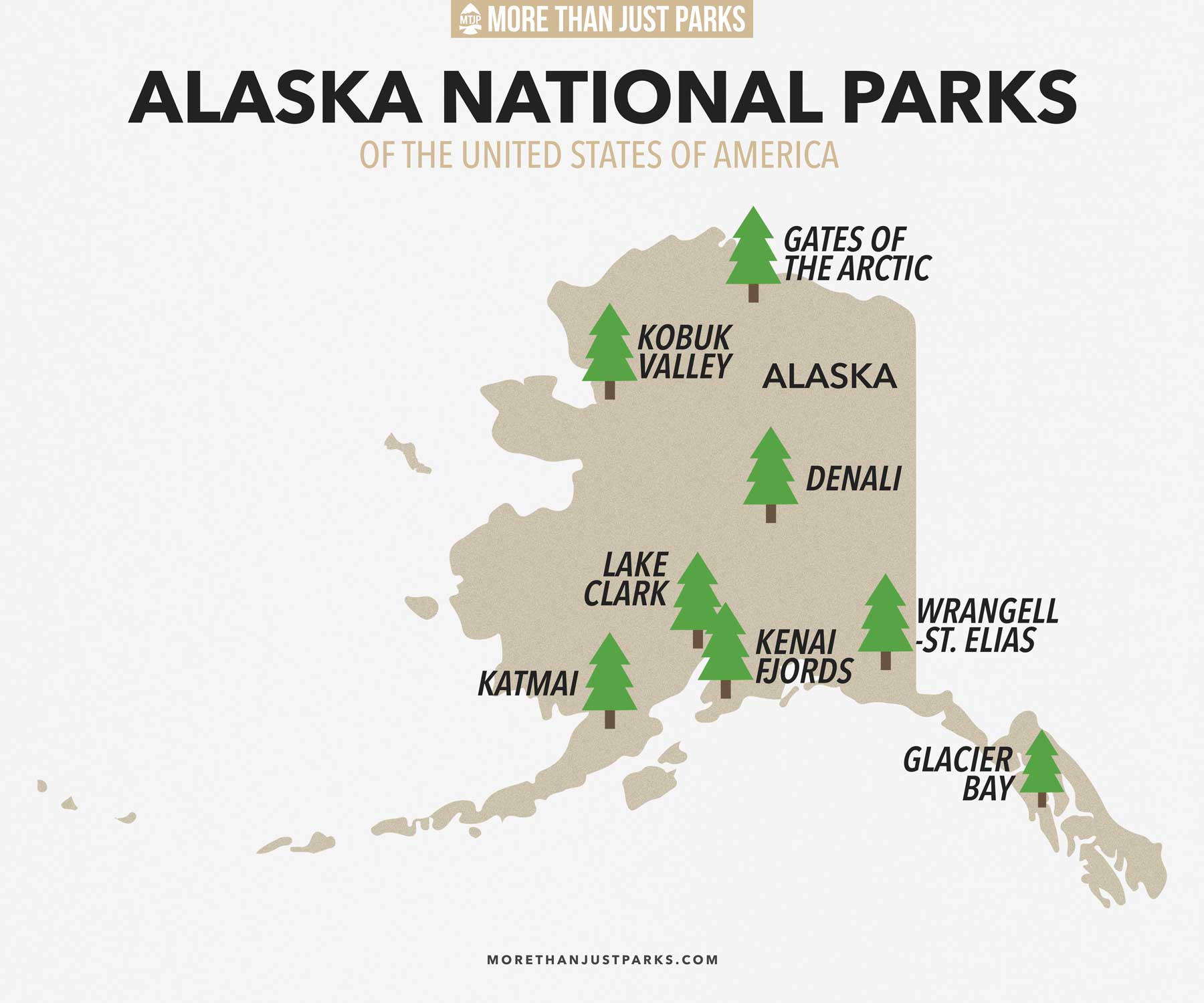
Map Of Alaska Landmarks
List Of Alaska Landmarks
- Kenai Fjords National Park
- Denali National Park
- Wrangell-St. Elias National Park
- Glacier Bay National Park
- Katmai National Park
- Klondike Gold Rush National Historical Park
- Skagway Historic District
- Russian Orthodox Church
- Kennicott Mine & Ghost Town
- SS Nenena
- Sitka Spruce Park
- George C. Thompson Historic Library
- Fort Abercrombie State Historical Park
- Oscar Anderson House Museum
- Crow Creek Mine
Why Trust Us About Alaska Landmarks?
We’re Jim Pattiz and Will Pattiz, collectively known as the Pattiz Brothers and we absolutely LOVE the national parks.
You should probably know that we don’t just make this stuff up out of thin air. We’ve spent our entire adult lives exploring and filming America’s national parks and public lands.
We’ve worked with the National Park Service, the Department of Interior, USDA, U.S. Forest Service, and more for years creating films on important places and issues. Our work has been featured in leading publications all over the world and even some people outside of our immediate family call us experts on the national parks.
And, in 2018, our father – having spent a lifetime teaching history – joined us so that he could help us to tell the stories behind these amazing places.
Meet The Parks Brothers
We Hope You’ll Follow Our Journey

Our goal here at More Than Just Parks is to share the beauty of America’s national parks and public lands through stunning short films in an effort to get Americans and the world to see the true value in land conservation.
We hope you’ll follow our journey through the parks and help us to keep them the incredible places that they are. If you’re interested in joining the adventure then sign up below!
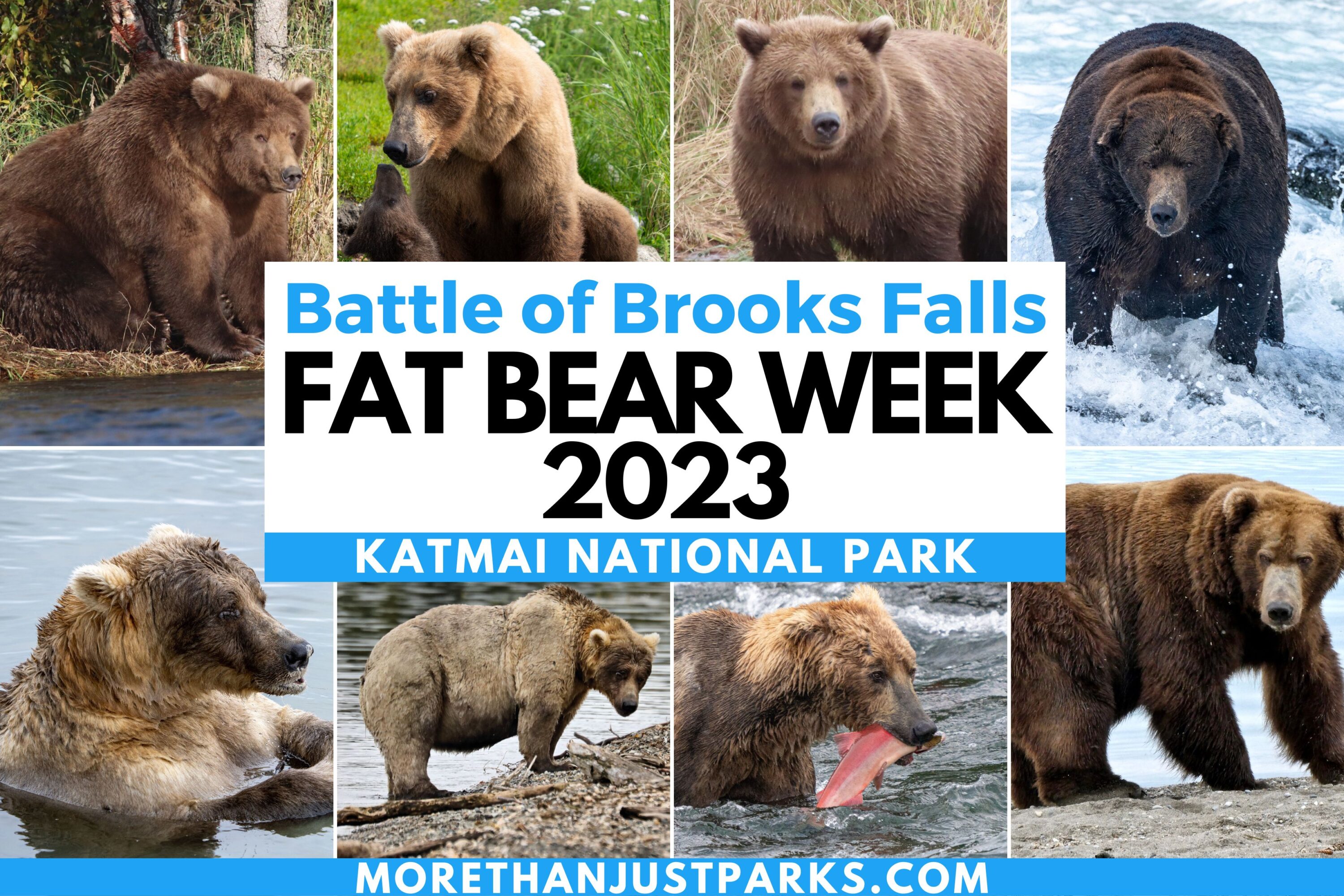
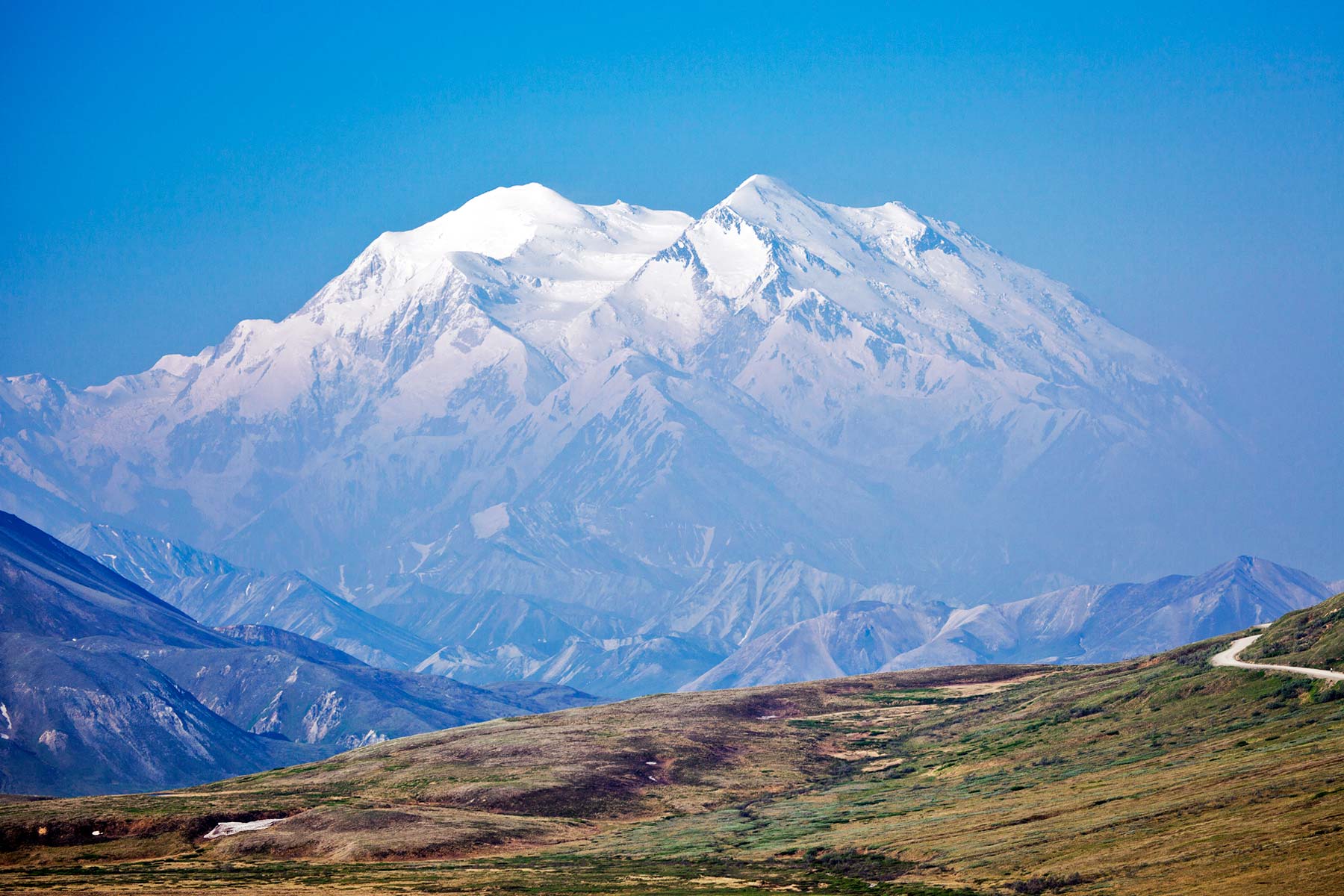
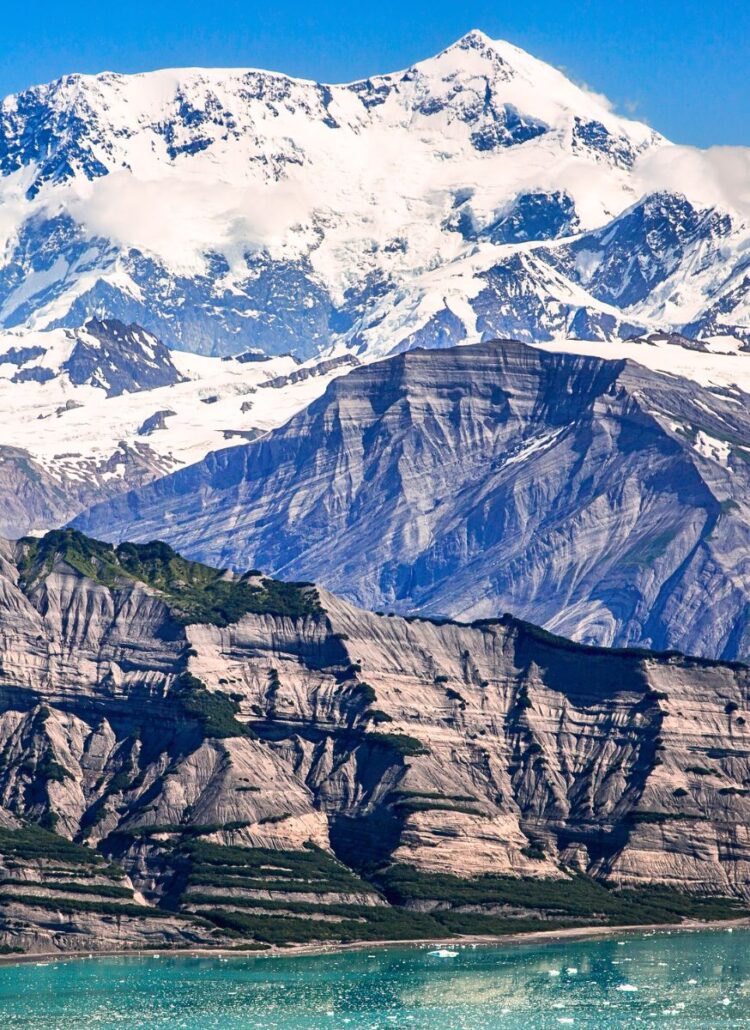
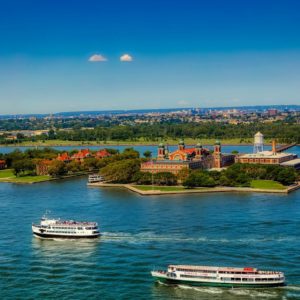

Leave a Reply